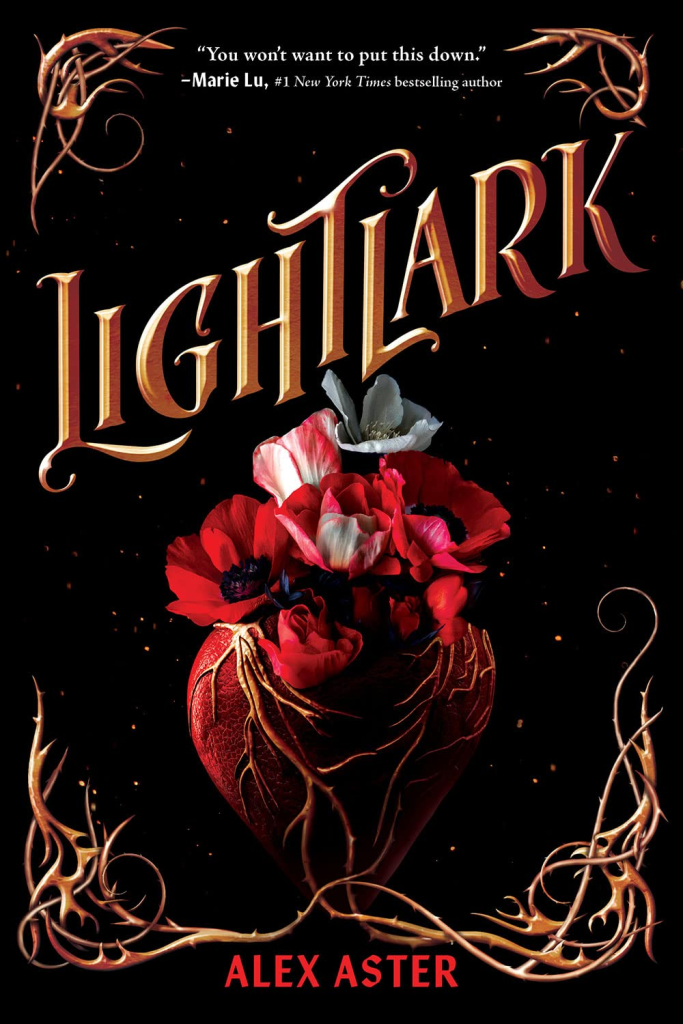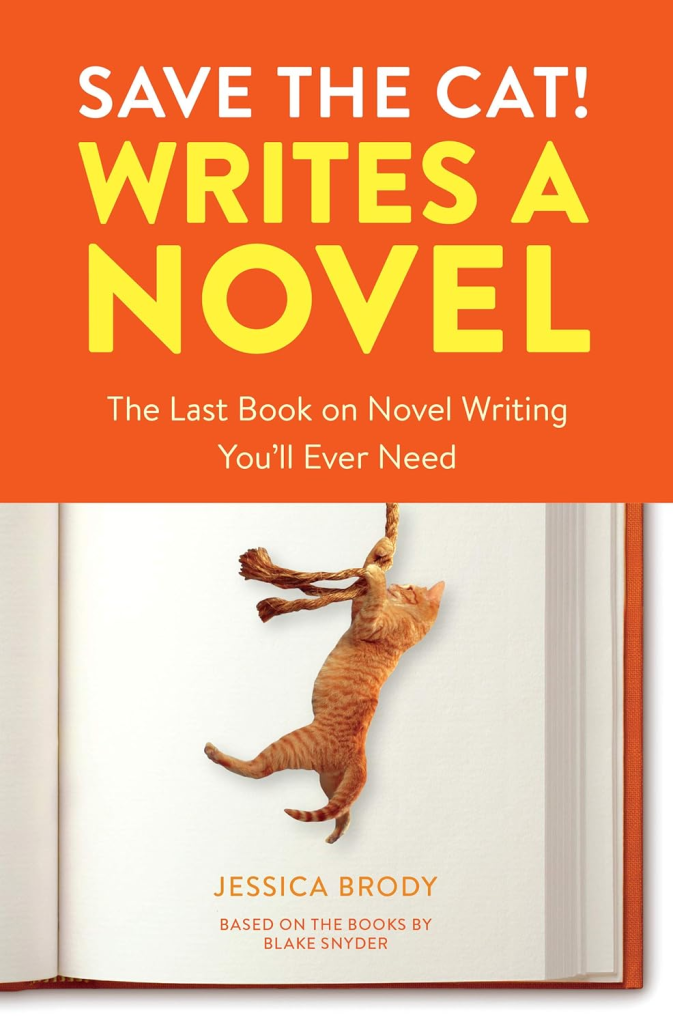Basic Novel Plotting Tips and “Save the Cat!”
Alec Teffeteller
Preface
Don’t let the enticing abyss of an endless story swallow you whole.
Plotting a novel is incredibly challenging. In my experience, many writers struggle to finish a work because they lose track of their story’s direction. Don’t get me wrong, getting lost in a novel and exploring with characters can be fun—perhaps necessary—but not finding a way out of the depths of a directionless story is discouraging. Presented here are what I hope will serve as some basic stepping stones that aspiring novelists can use when feeling lost and indecisive about the direction of their story.
It All Starts With Character
Who is the main character? What is their current situation? What are their wants and flaws? These are essential questions to answer when introducing a story to readers and helping them understand who the character is that they are about to follow through an engaging plot. The starting point of a novel serves as a reader’s first look at the life of the main character(s), an opening image that should demonstrate that, whoever the character is, the life they’re currently living can’t last. Something has to change. Otherwise, what would be the need for the story? In her incredibly insightful book on craft, Save the Cat! Writes a Novel: The Last Book On Novel Writing You’ll Ever Need, Jessica Brody calls this need for change the “stasis is death” stage (36). Brody elaborates, “It’s the moment that comes somewhere in the Setup beat that shows the reader that change is imperative; otherwise, things are going south. Fast” (36). Notice Brody’s immediacy; a writer should create a necessity for their story and convince the reader of the dire need for a particular story to be told with a specific character.
Force Them Out the Door
Don’t let your character passively stumble into their journey.

There is a passive element that occurs early in the story called the catalyst, usually just after the reader gets a sense of the main character’s need for change, something significant that makes staying where they are impossible. Neutrality is not an option. The catalyst makes it clear that the character must do something, but that something can’t happen to them as the catalyst did; there needs to be an active decision made by the character that initiates their journey. Brody calls this section of the novel the “debate” and the “break into two” (38-40). The debate is a brief section after the catalyst where the character wonders something along the lines of “What do I do? Should I go? Should I stay? How will I survive? What happens next?” and the answer to this question needs to be an active decision that sets them on their journey (38). The break into two is where “The challenge is accepted! The adventure is upon us! The new way of life has begun! The Debate is over, our hero knows what they have to do,” or at least, they think they do, “and now it’s time to do it” (40). Notice that this decision is all about the character’s choice, a reaction to the catalyst.
Deliver On Your Promise
Readers often buy a book for a precise reason. They read the engaging jacket or the synopsis on Goodreads, and the presented premise made them purchase the first edition hardcover without hesitation. For me, this would be anything consisting of YA romance and fantasy. I’m constantly searching for new journeys in worlds I don’t recognize. But what gets me to buy the book? When a reader buys a novel, they do so by accepting the promise from the author that the premise that caught their attention will be delivered in the pages.

Once the main character has made their big decision and is on the road—literally or metaphorically—toward change, the writer has a responsibility to deliver on the premise that was promised (Brody 46). For instance, if I picked up a book that promised a magical island where rulers of various powers go every century to fight to break the curses that have plagued them for five hundred years, then, once the main character decides to go on their journey, there better be a magical island and some powerful rulers fighting to break their curses. (By the way, that was the premise of Lightlark by Alex Aster. I highly recommend it).
To deny those pivotal elements of the premise is deceptive, and the writer must spend a substantial number of pages in the section of the book that Brody calls the “Fun and Games” lest they deceive their reader and tarnish their credibility. By the time the “Fun and Games” begin, the reader has seen who the main character is and why they must go on their journey, and it’s time to see the character in action. The author must deliver on the premise that attracted the reader to the novel in the first place.
Build Toward the Pivotal Midpoint
The midpoint is essential because it decides the story’s trajectory. Depending on how the main character is fairing in the “Fun and Games” of the novel will determine whether the midpoint will be a false victory or a false defeat (Brody 48-51). Let’s say the character has been doing well—aside from a few hiccups because what is a story without obstacles?—the midpoint would peak in a false victory. Perhaps the character gets what they wanted initially but realizes it isn’t what they need. The midpoint should raise the stakes and change the trajectory of the novel’s second half into one involving struggle. The trajectory before the midpoint should be the opposite afterward. Just remember, whichever trajectory the character is on before and after the midpoint, there needs to be some minor failures and triumphs that give the story some variety. If a character is winning all the time or losing all the time, there is a risk of the momentum becoming stagnant, uninteresting, and unrelatable. Readers want emotional highs and lows to ride alongside the character they’ve come to love (or love to hate).
The Dark Before the Dawn

After the false victory and the following downward trajectory, the main character should have a moment, just before entering the story’s finale, where they are at their lowest. Brody calls this the “All is Lost” moment (59). Similar to the initial catalyst, it’s an event that happens to the character that makes all seem lost; they can’t seem to win, and nothing is going right. They’ve realized that what they wanted wasn’t what they needed. But the story can’t end here. Not after all that we’ve been through. The main character must make another decision similar to the one that started them on this journey. The character must dig deep and make one last effort to reach their new goal. This time, that goal is the right one, what they need rather than what they want because they are wiser now than they were at the start. They have learned from their journey and transformed before the reader’s eyes.
The Finale
They’ve made it. The main character has reached the peak of their transformative journey, and it all ends here. Even if there is a plan for a sequel, everything needs to be left on the field of the finale. Don’t hold anything back. Don’t pull any punches. The pace should build, and the character’s resolve should be firm. Whether the character wins or loses at the novel’s end, they better learn something worthwhile. If the main character doesn’t learn anything by the end, readers will wonder what the point of it all was. Following the conclusion of what should be a sensational climax of an undeniably transformative journey, there must be a snapshot given to the readers of what the character they’ve been following looks like now that their journey is over, and, for the writer’s sake, the character better be unrecognizable compared to the flawed one introduced at the beginning.
A Final Note
Plotting a novel is hard work! Don’t let anyone tell you differently. Yes, it’s a creative process and can be extremely enjoyable, but if you plan on finishing a publishable piece, hours of dedication, determination, and consistency are required. Writers sometimes shy away from plot structure, fearing it will make their story seem derivative and unoriginal. But a successful author I follow on Instagram, Lauren Kay, says that structure is like a drinking glass: no matter how tasty a drink is, no matter how delicious of story you want to tell, it needs a cup to be poured into, a structure to hold it all together. Don’t be discouraged from going down the rabbit holes of your story and exploring with your characters—some of the best writing happens when you allow yourself the freedom to get lost and make mistakes. Still, when you want to get unlost, use your plot structure beats as lifelines to get you back on track.
Whatever happens, never give up. Ever. The world is a better place with your stories in it.

Happy Writing!
Works Cited
Brody, Jessica. Save the Cat! Writes a Novel: The Last Book On Novel Writing You’ll Ever Need. Kindle E-Book First edition. Berkeley, California, Ten Speed Press, 2018.
0 Comments